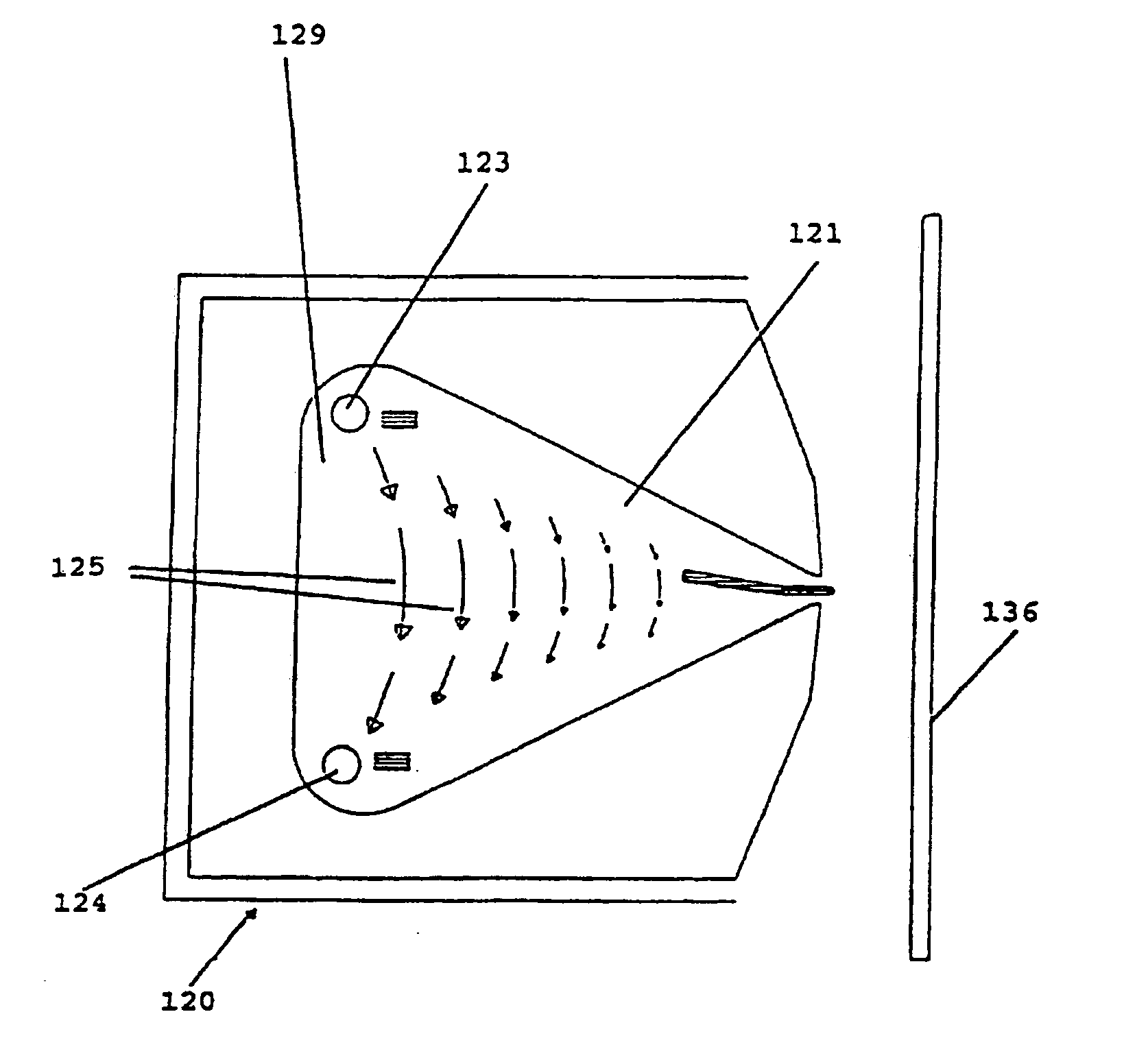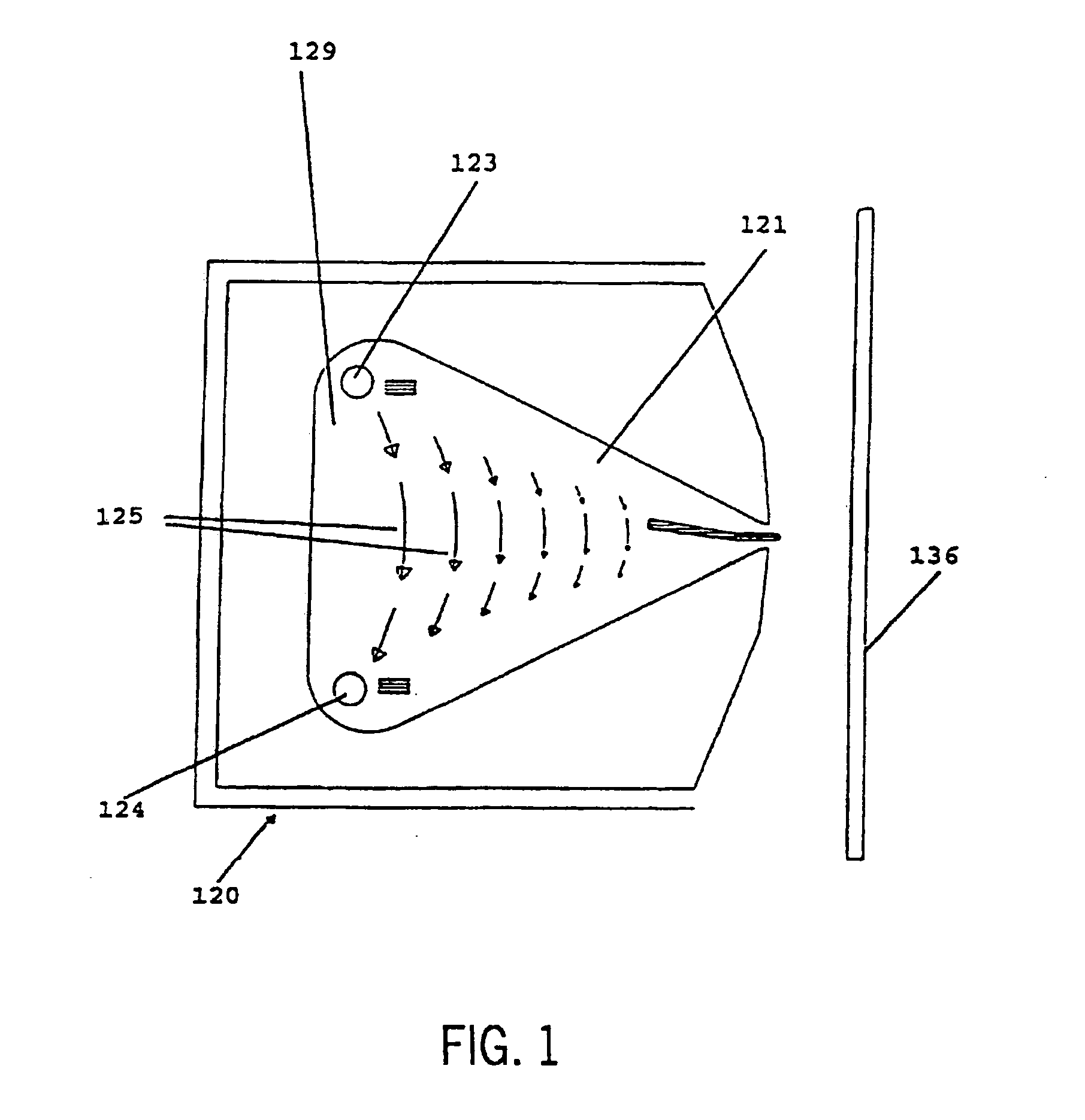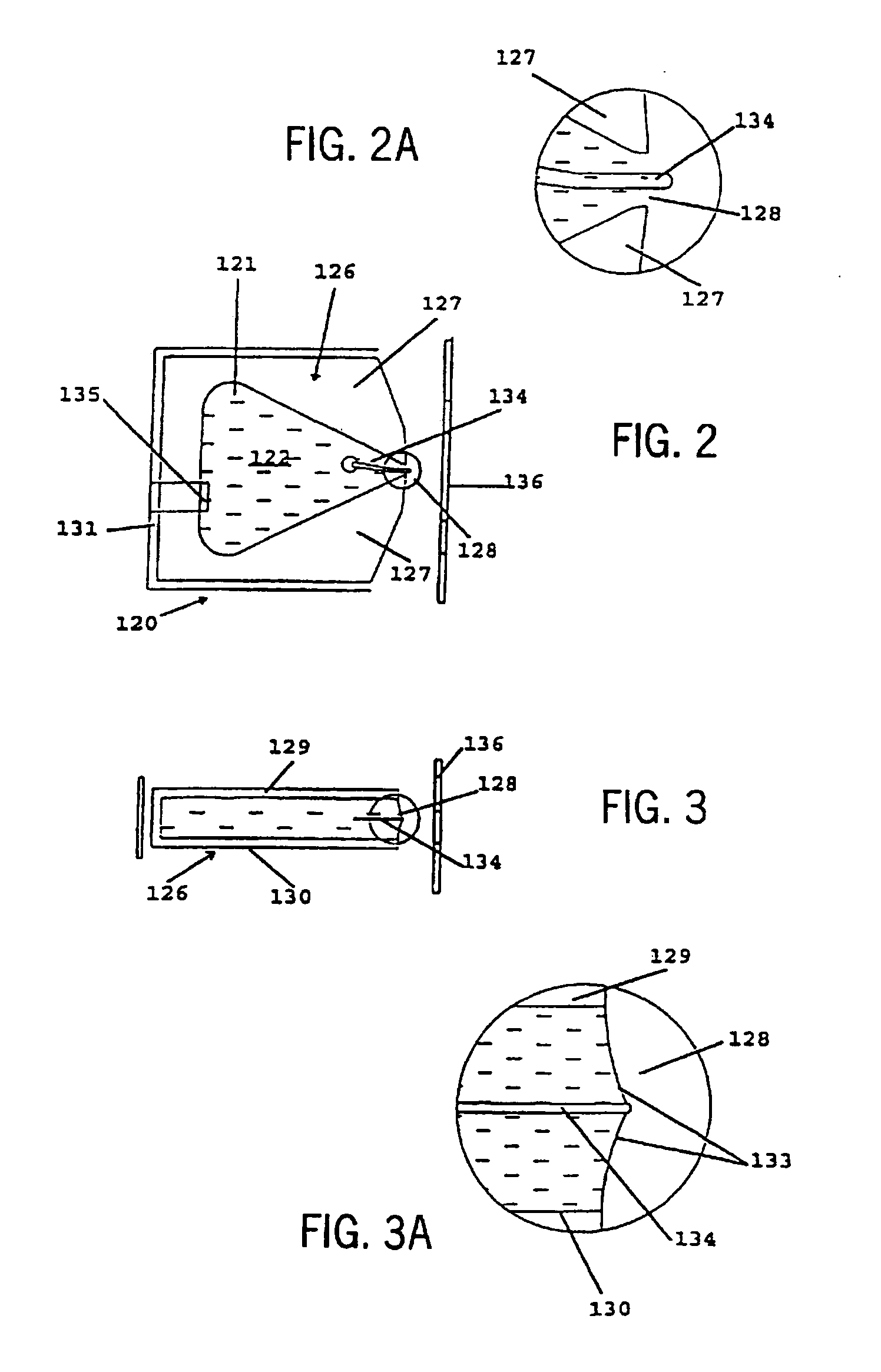Ink-jet formation of flexographic printing plates
a technology of flexographic printing and inkjet, which is applied in the direction of photomechanical treatment, instruments, photosensitive materials, etc., can solve the problems of large droplets, high cost, and time-consuming of the above-described process, and achieve the effects of reducing production costs, reducing production costs, and reducing production costs
- Summary
- Abstract
- Description
- Claims
- Application Information
AI Technical Summary
Benefits of technology
Problems solved by technology
Method used
Image
Examples
Embodiment Construction
[0027] In one embodiment, the present invention provides methods for forming a relief image or pattern (collectively referred to herein as a “relief image”) on a substrate, which may be suitable for use in forming relief images for use in flexographic printing plates. As used herein, the term “relief image” refers to relief images such as those used in flexographic and letterpress applications, as well as other images or patterns that are formed on a substrate that have a significant topography or texture. To form the desired relief image, an optimized ink-jet system imagewise ejects an image-forming material directly onto a substrate. The image-forming material may then be further treated to form a relief image.
[0028] Suitable substrates for use with embodiments of the present invention include conventional substrates commonly used in conventional relief plate applications. Suitable substrates are generally strong, dimensionally stable, and flexible. Suitable substrates should res...
PUM
 Login to View More
Login to View More Abstract
Description
Claims
Application Information
 Login to View More
Login to View More - R&D
- Intellectual Property
- Life Sciences
- Materials
- Tech Scout
- Unparalleled Data Quality
- Higher Quality Content
- 60% Fewer Hallucinations
Browse by: Latest US Patents, China's latest patents, Technical Efficacy Thesaurus, Application Domain, Technology Topic, Popular Technical Reports.
© 2025 PatSnap. All rights reserved.Legal|Privacy policy|Modern Slavery Act Transparency Statement|Sitemap|About US| Contact US: help@patsnap.com



